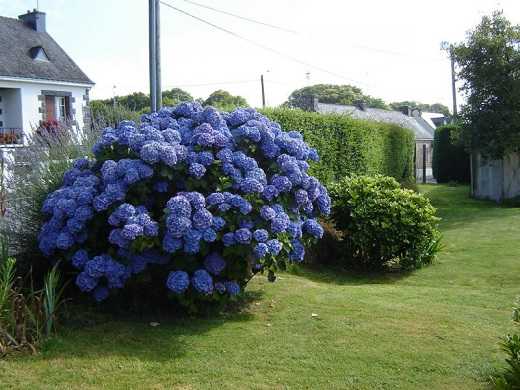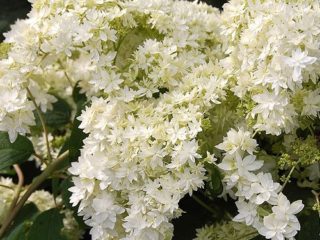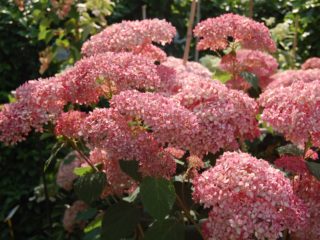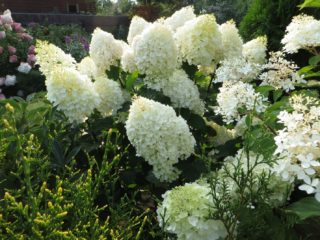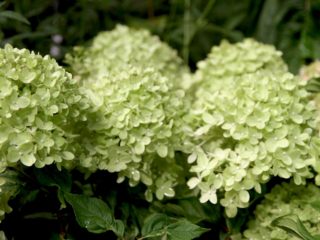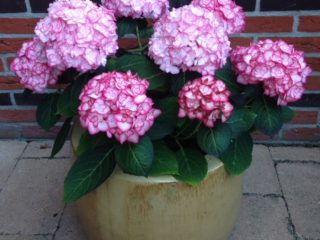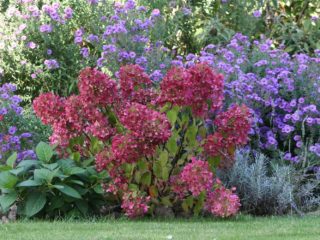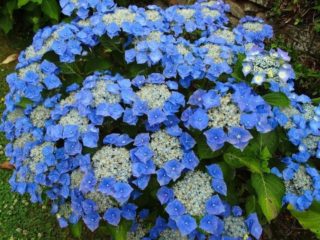Content
Hydrangea serrata Bluebird is a shrub plant developed in Japan. Flowers are valued for their decorative properties, so they are often used in landscape design. The shrub blooms until late autumn, when there are no other plants in the area. For this reason, many gardeners prefer this crop.
Description of hydrangea serrata Bluebird
Serrata hydrangea (hydrangea serrata bluebird) is a shrub with a strong trunk. For a long time it was considered a greenhouse dweller, but today it is planted everywhere.
The height of the plant reaches 120 cm. The leaves are bright green, oval-shaped, up to 12 cm long. The crown width often exceeds 1.5 m.
Hydrangea serrata Bluebird has large inflorescences with a diameter of up to 8 cm. They are able to change color depending on the composition of the soil. In the center of the inflorescence there are small white-blue or light pink flowers.Along the edges of the “panicle” there are large flowers, which, after blooming, acquire a milky pink and bluish tint.
Hydrangea Bluebird in landscape design
Landscape design experts recommend planting serrata hydrangea to give the area a blooming appearance. In the process of creating any composition, you need to take into account the fact that the distance between plants should be at least 1.5 m.
The flowering shrub goes well with astilbes or astrantias. Fans of minimalism will love the combination of Blueberry with lilac or mock orange. If there is a pond in the garden, then hydrangea can decorate its coastal zone. Thanks to its high frost resistance, the shrub will delight its owners from early spring to late autumn.
Below are photos of the use of Bluebird serrata hydrangea in landscape design.
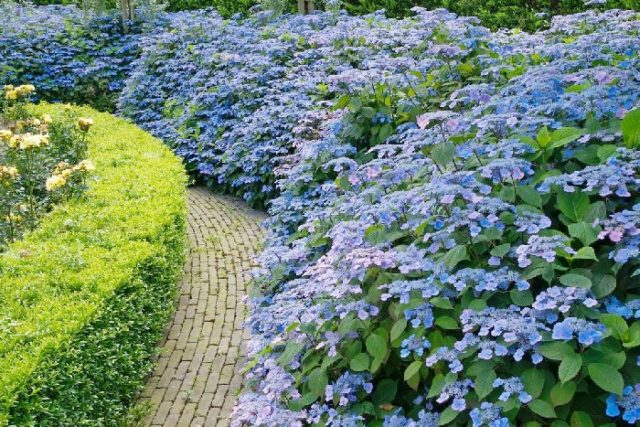
The plant is planted as a hedge along the garden path
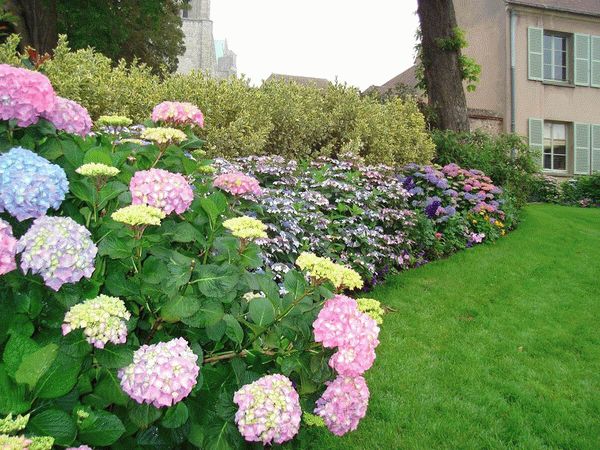
The combination of different varieties allows you to achieve the natural brightness of a living fence

The view from the window of a blooming flowerbed will extend summer until October
Winter hardiness of Hydrangea serrata Bluebird
The winter hardiness of adult hydrangea serrata bluebird allows it to withstand frosts down to -23 ° C, so it can be planted in the Moscow region. The only territory where Bluebird hydrangea should not be grown is Siberia.
With the onset of cold weather, the young plant requires shelter or transfer to a cool room.Proper and timely care of the shrub guarantees the healthy awakening of serrated hydrangea in early spring.
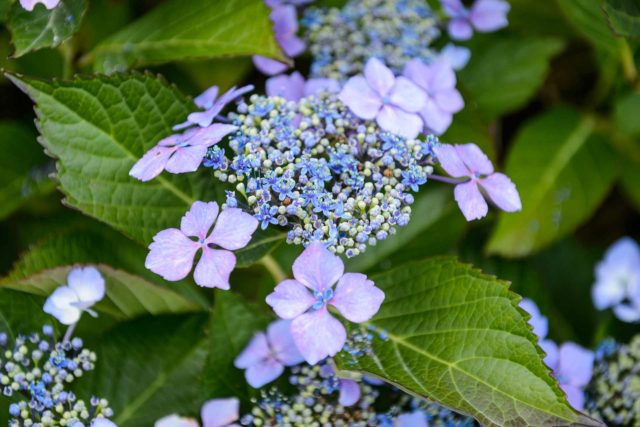
The serrated variety Bluebird blooms all summer and continues to delight the eye until late autumn
Planting and caring for Bluebird serrata hydrangea
The best time to plant Bluebird serrata hydrangea is considered to be April, May and September. In order for the young shrub to take root faster, it is planted in warm weather. It is necessary to carefully care for it.
For abundant flowering, the gardener must provide hydrangeas with:
- timely watering;
- surface loosening;
- competent pruning;
- protection from pests.
The serrated Bluebird variety is heat-loving, so when planting in open ground, it is important to correctly determine the location.
Selection and preparation of a landing site
Bluebird hydrangea is planted in open areas with partial shade. This flower does not tolerate being exposed to large amounts of sunlight. Staying in the open sun for a long time can cause the bush to dry out. To prevent this from happening, planting is carried out in partial shade.
Serrata hydrangea is an unpretentious plant, so you don’t have to worry about whether it will take root in the chosen place or not. The most important thing is that the area is not exposed to strong winds and the soil is sufficiently moist. Also, the plant will feel comfortable in conditions where other moisture-loving flowers do not grow nearby. Otherwise, the hydrangea will not be able to bloom.
If the selected location is not protected from sunlight, the seedlings will have to be shaded. This will help avoid burns on the leaves.
For this reason, it is often planted near high fences and building facades.
Landing rules
The shrub takes root well on any type of soil, except those that contain large amounts of lime and ash. These substances reduce the acidity of the soil, so the plant cannot develop normally.

Experienced gardeners say that a good option for growing is a substrate made from humus, soil, peat and sand.
The landing process is carried out as follows:
- A hole 50 cm wide and 60 cm deep is prepared for seedlings.
- After this, organic fertilizers are added to the soil. Clay soil is diluted with sand. If organic fertilizers are not available, urea can be used instead.
- During the planting process, it is necessary to ensure that the root collar remains flush with the ground.
- After planting is completed, the serrated shrub is watered abundantly with water.
- Mulch the soil around the flower.
The higher the acidity (Ph) of the soil, the brighter the flowers will be. Such soil compositions guarantee good growth of hydrangeas.
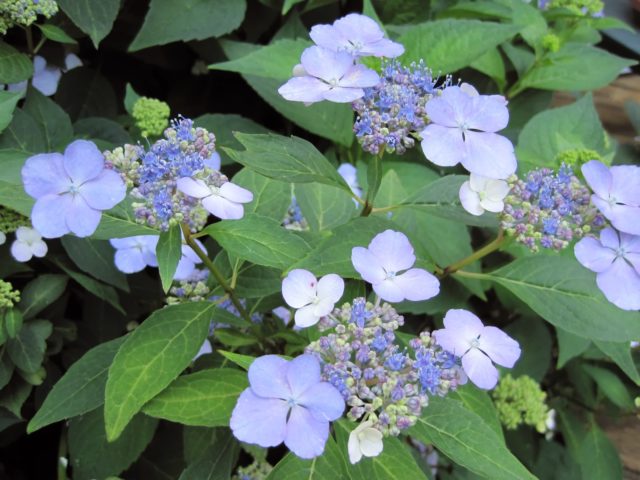
Landscape designers often use Hydrangea serrata Bluebird in their projects.
Watering and fertilizing
Hydrangea is a moisture-loving shrub, so it should be watered regularly. The soil should not be allowed to dry out. In hot and dry weather, the plant is watered daily, adding 2-3 liters of water to the root. During the rainy season, watering is reduced to 10 liters per week.
Water for irrigation has its own requirements:
- It should not be hard, otherwise the acidity of the soil will drop to a critical value.
- Do not use tap water. High chlorine content often causes leaf chlorosis (yellowing).
- It is highly not recommended to water the flower with musty water - this can cause rotting of the roots.
If a nutritious soil mixture was used during planting, then fertilizing may not be necessary for the next 2 years. After 2-3 years, hydrangea is fertilized three times per season: in spring, during flowering, and in autumn.
The plant does not like wood ash and lime fertilizers. It is prohibited to use these means. As for nitrogen-containing fertilizers, they should be used strictly according to the instructions.
Pruning Hydrangea finely serrated Bluebird
Bluebird hydrangea is pruned in September. Using pruning shears, you need to cut off 2-3 upper nodes, thereby leveling the “cap” of the bush. Branches without flowers and old dried shoots are also cut off.
Pruning in the autumn is a mandatory procedure. It is needed to reduce the area of moisture evaporation from the plant. To give it a beautiful shape, it is allowed to prune the bush in summer.
Radical shrub trimming is carried out every two years. Removing dead, weak shoots will benefit the plant.
Preparing for winter
After preventive pruning, the hydrangea is prepared for winter. The bushes are treated with solutions against pests. When the foliage finally falls, the plant is sprayed with a liquid based on copper sulfate and slaked lime.
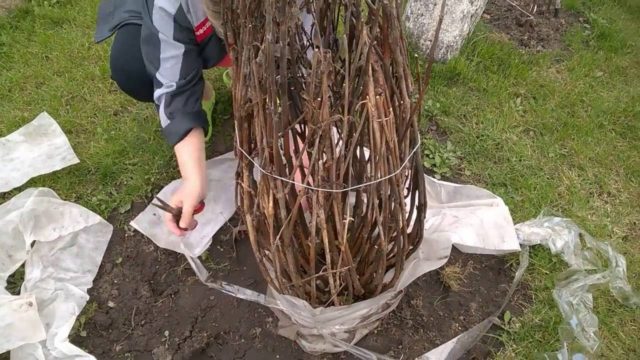
Despite the fact that serrata hydrangea has good frost resistance, the shrub is still covered for the winter
You can do this in several ways:
- Loosen the soil and cover with polyethylene.
- Wrap the branches with netting and throw warm clothes on top.
- Tie the branches together with rope and insulate them with spruce branches.
You need to cover the plant before the arrival of severe frosts.
Reproduction
Propagation of Bluebird serrata hydrangea is carried out in several ways. Gardeners prefer to use one of the following methods:
- Cuttings - young branches are cut in mid-July and then placed in soil with peat and sand. The rooted cutting is planted in a permanent place, and by autumn it turns into a full-fledged bush.
- By layering - the lower branches of an adult bush are dug to the ground in the spring. In the fall, shoots appear on them, which can be planted next spring.
- Dividing the bush is the most accessible method. The root system is cleaned of soil, leaves, and shoots. After this, the upper part of the roots is cut, and then the divisions are planted in another place.
- By seeds - this method is necessary if you need a lot of seedlings. Seeds are purchased at a garden center and then soaked. Seedlings emerging from the seed will be a signal of readiness for planting in the ground.
Successful cultivation of seedlings depends on the correct selection of soil mixture.
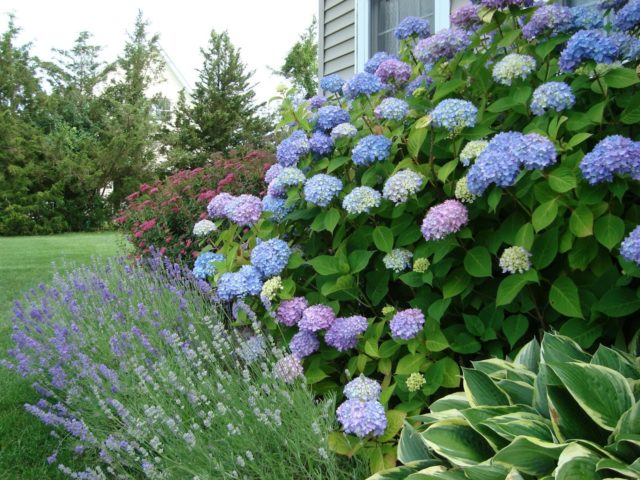
Hydrangea serrata often becomes the main decoration of the garden plot
Diseases and pests
Hydrangea Bluebird is resistant to disease. In addition to regular watering, the serrated shrub needs shelter from the sun's rays. A flower growing under the sun becomes sick over time: the leaves become yellow, the flowers become pale and small. To prevent this, it is necessary to create artificial shading.
Sometimes the shrub is affected by chlorosis, aphids and downy mildew. Regular inspection of the flower will help you take timely action.
Bushes growing on calcareous soils are most often subject to chlorosis. To treat the plant, use an aqueous solution based on copper sulfate and potassium nitrate.Downy mildew manifests itself by the appearance of oily spots on the stems and leaves. To treat the flower, use a solution consisting of laundry soap, water and copper sulfate.
If the hydrangea is attacked by aphids, whiteflies or spider mites, then the bush should be treated with an insecticide. Regular spraying with special preparations will protect the plant from any infections.
Conclusion
Hydrangea serrata Bluebird is a tree-like shrub with beautiful inflorescences. The plant can decorate a balcony, garden plot or terrace. With proper care, the bush will bloom not only all summer, but also in September.
